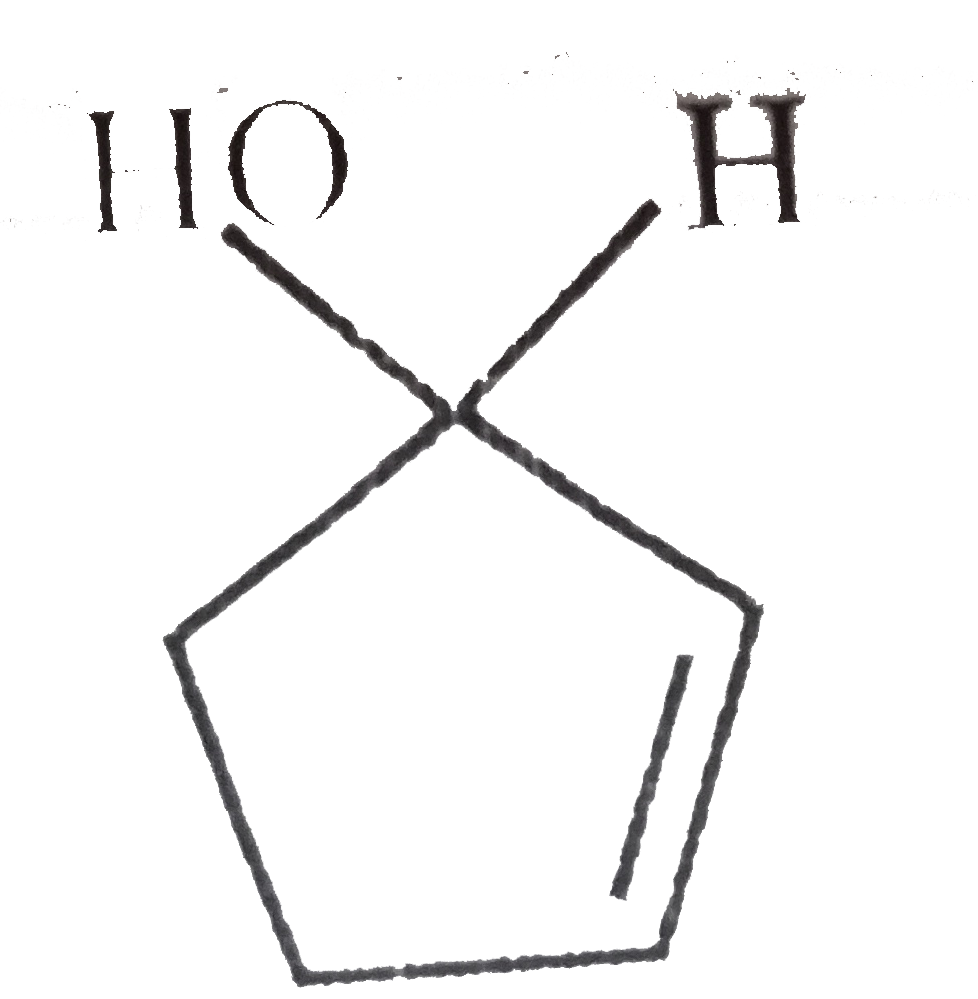Optically active 2- octanol rapidly loses its optical activity when exposed to :
A
dilute acid
B
dilute base
C
light
D
humisity
Video Solution
Text Solution
The correct Answer is:A
CH3−∗C∣:O..HH−(CH2)52-octanol(optically active)−CH3dil. acid−−−→CH3−CH=CH−(CH2)4−CH3
dehydration of alcohol takes place in dil. acid alkene is produced with shows G.I.
|
Topper's Solved these Questions
- ALCOHOL, ETHERS AND EPOXIDESBOOK - MS CHOUHANCHAPTER - ALCOHOL, ETHERS AND EPOXIDESEXERCISE - Level 1 (Q.1 To Q.30)
1 Videos
- ALCOHOL, ETHERS AND EPOXIDESBOOK - MS CHOUHANCHAPTER - ALCOHOL, ETHERS AND EPOXIDESEXERCISE - Level 2
3 Videos
- ALCOHOLS AND ETHERSBOOK - MS CHOUHANCHAPTER - ALCOHOLS AND ETHERSEXERCISE - ADDITIONAL OBJECTIVE QUESTIONS (Matrix Match Type )
3 Videos
Similar Questions
Knowledge Check
Optical activity is expected for .
A2-methylpropanoic acidB2-chloropropanoic acidCmethyl-2 methylpropanoteDmethyl -2- chloropropanoateWhich is optically active :-
A B
B C
C D
D
The optically active complex are
A[As(CH3)(Cl)(Br)(I)]+B[Pt(NH3)(Py)(Cl)(Br)]C[Pt(gly)2]D[Cr(en)3]Cl3
